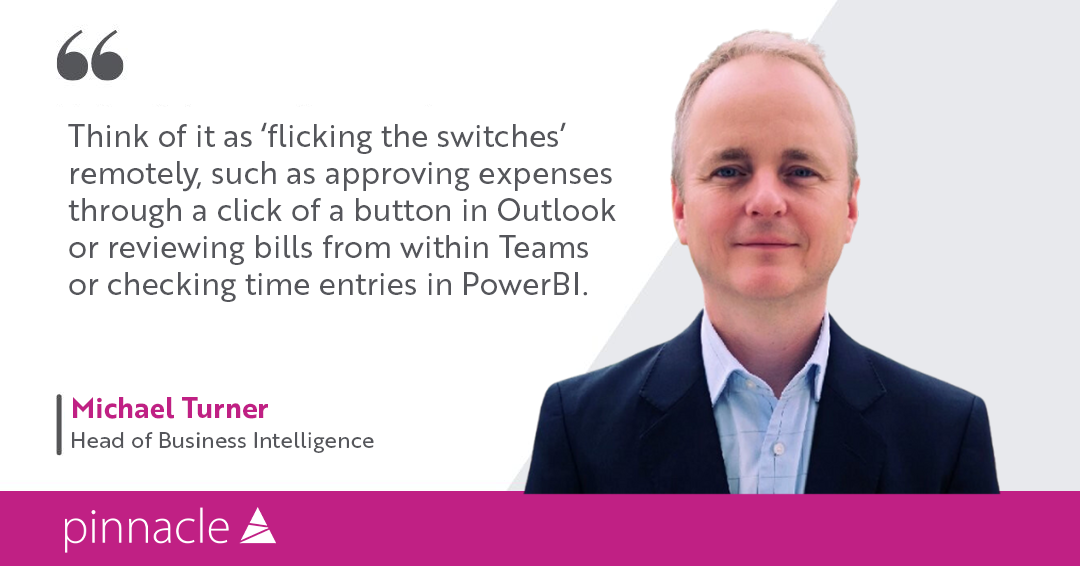
The greatest quest of King Arthur and his Knights was the search for the mythical Holy Grail. The modern law firm has its own legendary equivalent, the much sought-after Holy Grail of lawyers being 100% happy and comfortable around legal technology. It’s a tense stand-off that is as old as digital time, starting up in the late 80s and early 90s as the embryonic legal technology sector took its early baby steps. Those first basic accounts packages quickly grew up into practice management systems, but with technology still barely troubling the lawyer.
Legal technology providers who’d been focused on enabling the back office saw an opportunity: why couldn’t software tools help fee earners too? The result has been three decades of development and evolution, from simple time and billing interfaces to integrated ‘fee earner desktops’, from a mazey medley of point solutions to heavily curated and customised web portals. But whatever the flavour of fee earner solution, it’s always tended to leave a bitter taste. That’s not to say they don’t work, just that they have never been universally loved by the people they were designed for.
This disinclination amongst fee earners to fully engage has formed habits with undesirable consequences: delays in submitting information, inaccuracies or incompleteness upon eventual submission, latency in decision-making, sub-optimal business timeframes, with the inevitable implications for risk, performance, client delivery and profitability.
Then along came Microsoft. The back office/front office tension has been ratcheted up for all the years that Microsoft has had real ownership of the desktop. With the advent of Microsoft Office and its more recent morphing into cloud-based Microsoft 365 with game-changing Teams on board, lawyers were finally gifted with applications that they actually quite like. So paradoxically, it’s the non-legal software that’s getting the thumbs-up from legal, while their own dedicated tech, not so much.
That has helped create the tricky situation we have today because Microsoft has only grown in its appeal and drawn lawyers in more deeply. They are happy to stay entrenched in their favourite spaces, Outlook, Teams or PowerBI; they are less keen to leave the familiar and head off into the stranger worlds of enterprise systems.
But enterprise systems are pivotal and must be engaged with somehow. In both the practice management/finance and new client intake/risk space, law firm investment in the likes of Elite 3E and Intapp has created highly performant, powerful systems built on native functionality and custom business process and logic. Sophisticated workflows now orchestrate most of the common financial and client-centric processes: client service, risk management, business development and firm profitability are heavily dependent on those workflows working well and driving individual, departmental and firm performance.
All of which gives us a bit of a problem if lawyers are reluctant to go into those enterprise systems (or even be routinely trained in them); or if they do go in, their lack of familiarity makes tasks such as bill approval or client inception frustrating and time-consuming, potentially error-strewn too. Deferring tasks because you’re not comfortable with the environment, or being inefficient and unproductive when you’re in there, who wants that? What firm wants its lawyers struggling to leverage its extensive and expensive enterprise technology investments to the max? And what firm can afford to default back to more manual methods like reviewing and marking up a paper invoice?
It’s time for this age-old tension to be resolved. The answer lies in letting lawyers stay where they are most comfortable i.e. in Microsoft somewhere, and still make the necessary things happen in Elite or Intapp. Think of it as ‘flicking the switches’ remotely, such as approving expenses through a click of a button in Outlook or reviewing bills from within Teams or checking time entries in PowerBI. At a stroke you remove that temptation to defer the task and reduce the risks around inexpert working within these smart enterprise applications. Instead, tasks are immediately actionable and instantly completed, governed by the business rules already embedded into the system. It’s a slick, seamless, smart and secure option – even better, it’s available right now.
It’s the work of Pinnacle’s Microsoft Legal Applications Team. The simplicity of the premise belies the wealth of clever engineering that’s gone into it: an engine and integrations that allow people across the business to surface complex information within those favourite applications – Teams, Outlook, PowerApps – and take actions based on them or channel back new points of information into the core systems. Everything is predicated on existing workflows, so any action is just a trigger for the next stage of the process; and those prompts and subsequent actions all come without the ‘noise’ or complexity of other systems, encouraging and simplifying the interaction.
We’re finally giving lawyers what makes them happy. But of course, it’s so much more than that. For starters, getting things done promptly, efficiently and correctly, in the most frictionless way possible, and at scale, right across the practice, is a huge benefit. Moreover, there’s the strategic value. Microsoft isn’t just a lawyer’s happy place, it’s a technology stack that firms want to capitalise on while also leveraging their enterprise platforms and embedded processes. They want to do more but without the constraints of making things too complicated and risking disengagement from fee earners.
With Pinnacle, you are always going to be taking your lawyers with you because you’re leaving them where they’re happiest, just with more useful switches to flick. And that neatly removes one of the biggest barriers to pushing Microsoft, 3E, Intapp and others to their outer limits and firms taking the strategic, financial and operational wins available to them.
As for legal’s Holy Grail, it may finally be within reach.
Contact us to find out more on info@pinnacle-oa.com
